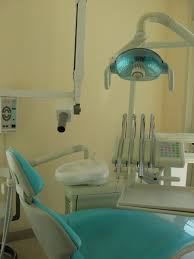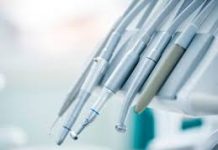Laser in dentistry.
Among the many techniques that can be employed in the field of dentistry and dentist treatment, we also find the laser.
This technique has been used in dental treatment since the mid ’90s; however, it is not one of the most widely employed, and there has been some doubt regarding its safety and its impact on dental health.
For the most part, anyway, specialists agree that, with all due caution, laser is safe enough to use in most cases. As a result, lasers are used to treat a wide variety of problems and discomforts. We will give a few examples.
Tooth decay. In this case, lasers can be employed to remove decay within the tooth and prepare it and its surroundings for the filling process.
Gum disease. Especially during root canal procedures, lasers can be used to remove bacteria and reshape the gums.
Biopsy. Laser is often used to remove small pieces of tissue in order to have them examined for cancer.
Lesion removal. If there are lesions in the mouth or canker sores, laser can help remove such lesions and relieve the pain of the sores.
Finally, teeth whitening. Lasers can significantly speed up the process of teeth whitening, by activating a certain bleaching solution applied to the tooth surface.
Much and more can be said about the employment of laser in dentistry. Before deciding on anything, however, it is wise as always to consider the matter carefully and examine all downsides or upsides.
Laser treatment for teeth. The advantes.
The advantages of preferring lasers over more traditional dentist treatments are multiple: it can cause less pain and also minimize the anxiety induced in some patient by the use of the drill; it reduces the bleeding and swelling; it may help preserve the health of the tooth during cavity removal.
Laser Dentistry.
However, there are also some disadvantages that need to be taken into consideration: lasers cannot be used in many commond procedures, such as filling cavities between teeth and large cavities that need to be prepared for a crown; traditional drills may still be necessary in reshaping the filling and adjusting the bite; although less painful, lasers do not eliminate the need for anesthesia; laser treatments tend to be much more expensive than traditional drills.





